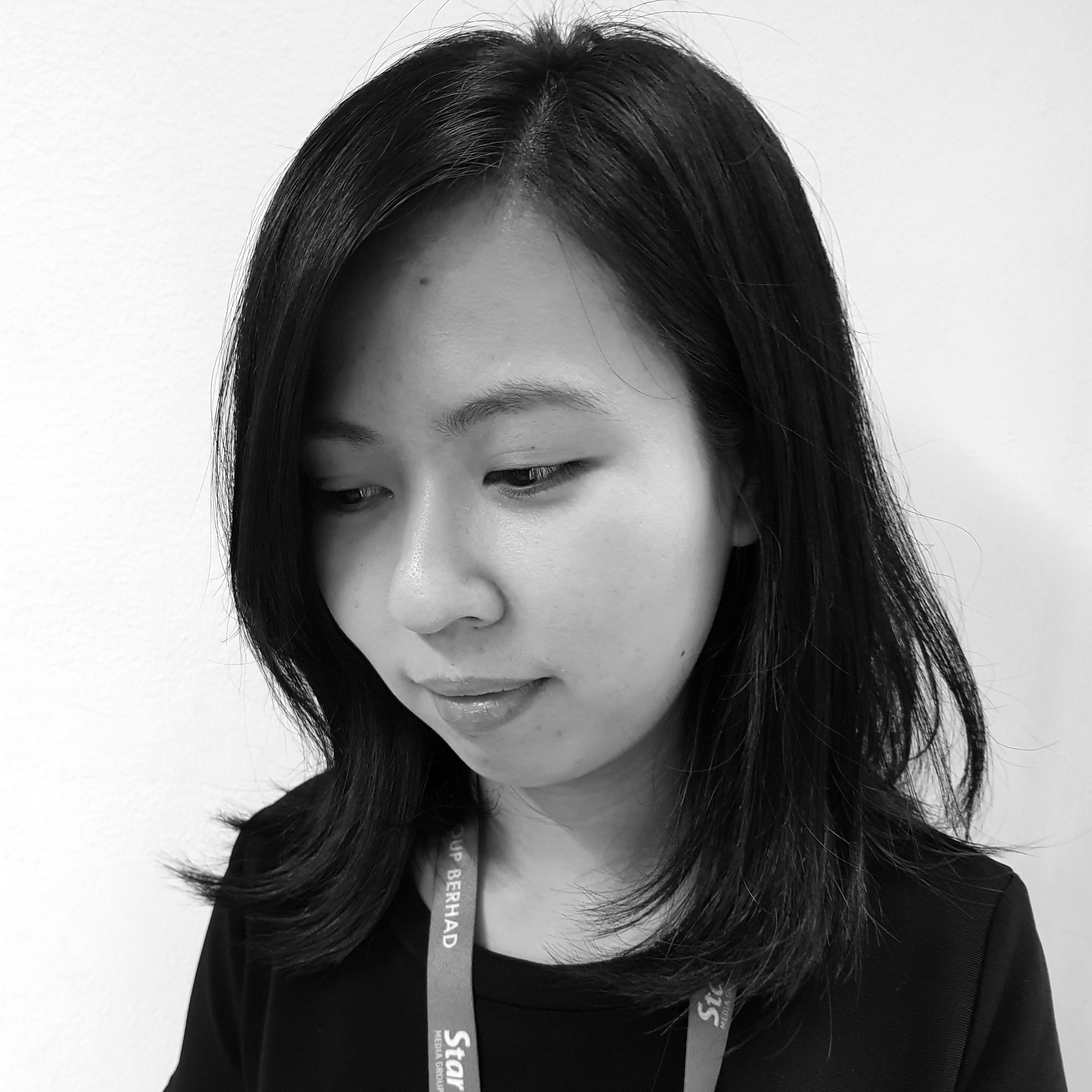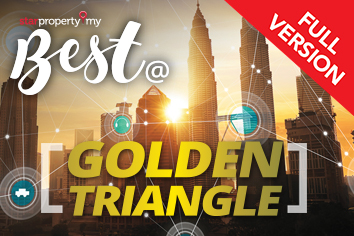The Golden Triangle: A colourful and eclectic mix of old and new
25 Jan 2019

By Ng Pau Ling pauline@thestar.com.my T he Golden Triangle is a happening commercial shopping and entertainment hub in Kuala Lumpur.
It is bounded by three main roads, namely Jalan Sultan Ismail, Jalan Imbi and Jalan Raja Chulan which jointly formed a triangle.
The Kuala Lumpur old town was originally established in Masjid Jamek, Lebuh Ampang, Jalan Petaling, and Jalan Tun Perak, and it was the business hub in the mid-1800s — built on the confluence of the Sungai Klang and Sungai Gombak.
More than a decade ago, the area was well subdivided and occupied by pre-war shophouses.
In the early days, it was the place that city folks went to for their daily fix for anything and everything.
In 1974, Kuala Lumpur was declared as the Federal Territory and the city experienced rapid urbanisation during the 1970s and 80s.
The advancement has greatly impacted the urban and housing development in the city.
According to Savills managing director Datuk Paul Khong, the emergence of the Golden Triangle was attributed to the situation at the old town.
It was almost impossible to develop the area as it was saturated with developments and the amalgamation of remaining smaller sites. To provide for the growing population and developmental needs, the Golden Triangle was created as the new focus of commercial activities in the city with modern buildings.Some of the early developments in Bukit Bintang included Plaza Sungei Wang (1977), Plaza Bukit Bintang (1979), Lot 10 (1989) and Berjaya Times Square (2003).
There are also hotels such as Hilton Hotel, Regent Hotel, the demolished Equatorial Hotel, as well as the soon-to-be-demolished Concorde Hotel along Jalan Sultan Ismail. “The Golden Triangle has since performed well, and it is currently anchored by premium malls such as Pavilion KL, Starhill Gallery, Lot 10, and Fahrenheit — making it the prime shopping locality in the capital city of Malaysia,” said Khong.
Waves of redevelopments Urbanisation, investment opportunities and new infrastructure developments had boosted the growth of the KL Golden Triangle, and the land prices have since moved up substantially.
According to Khong, the city centre land values continued to escalate to up to RM4,000 per sf or more for the prime pieces, depending on location and planning approval in recent years.
“While in Malaysia, the highest land price was also recorded in the Golden Triangle, with a piece of 29,127 sq ft land located between Grand Millenium KL Hotel and Pavilion KL, being transacted at RM7,200 per sf back in 2010,” said Khong.
It was a land deal between Urusharta Cemerlang (KL) Sdn Bhd and CDL Hotels (M) Sdn Bhd, a unit of London-based Millennium & Copthorne Hotels Plc.
“There is a ‘special purchaser’ element in this deal, as the purchaser wants to realise the ‘marriage value’ of the site via a transfer of plot ratio from its own neighbouring KL Pavilion.
This site is where the current Pavilion Elite is located at,” said Khong.
Besides the high land prices, the scarcity of land has also boosted redevelopment projects in the Golden Triangle, especially with the prospect of the market returning with an upswing in the near future. Khong said older, lower-rise buildings sited on sizeable plots are being targeted for redevelopment by various developers.
“These are the properties that could no longer justify its existing usage to the market,” he said.
Notable redevelopment projects both completed and ongoing in the Golden Triangle included KLCC (formerly the Turf Club), the newly completed Equatorial Plaza (formerly Hotel Equatorial), the 70-acre Tun Razak Exchange (TRX) , the 106-storey The Exchange Tower (formerly the old government quarters), Bukit Bintang City Centre (previously the Pudu Jail site), and the 118-storey PNB Tower (previously Stadium Merdeka). “Moreover, in the latest KL City Structure Plan 2020, the plot ratio in the city has been increased to a high of 7 to 12, and many of the areas have been rezoned for commercial usage.
“We envisage that more high-rise strata properties and high-density projects will continue to dominate the KL skyline based on its ‘highest and best use’,” said Khong.
A flat yet promising year ahead According to Khong, the general property market has been relatively slow since the drop in crude oil prices in 2014 and the introduction of the property cooling measures locally since 2013.
The flattish property market has suppressed the upward trend for the moment.
Based on the latest JPPH figures released on 24 December 2018, the total overhang value was RM19.54bil, a 56.4% rise from RM12.49bil a year ago.
If serviced apartments and small offices home offices (SoHos) are included, the overhang value rises to about 40,916 units worth RM27.38bil.
The Golden Triangle was not spared from the weak market sentiments in the local property market, and capital values have been relatively flat.
Khong foresees that the market will move slowly in the year due to the introduction of ‘entry and exit’ taxes in 2019; among the policies are the increase of stamp duty to 4% for properties worth more than RM1mil and the increase of RPGT by 5% across the board after five years.
Regarding the retail malls in the Golden Triangle, he added that the more significant challenge would come from competitive mega suburban malls such as Mid Valley and Gardens Mall, One Utama and Sunway Pyramid.
Moreover, the online retailing sector also will have an impact on the retail segment.
Despite the current market condition, Khong believed that the Golden Triangle would remain as the prime shopping haven and among the best commercial addresses in Kuala Lumpur.
“It is the heart of the city, and foreign investors and high-net-worth individuals will always head to the best location for property investment,” said Khong, adding that the Golden Triangle will always be on their list.
Based on the housing trend index study 2018 conducted by Savills Malaysia over a 17 years duration (from 2001 to 2017), one of the best performing areas for capital growth was the KLCC areas. Datuk Paul Khong Disclaimer: All data and information provided on this site are for informational purposes only.
StarProperty.my makes no representations as to the accuracy, correctness, completeness, currentness, suitability, or validity of any information on this site and will not be liable for any errors, omissions, or delays in this information or any losses, injuries, or damages arising from its display or use.
The information is provided on an as-is basis.
Users are encouraged to seek professional advice before relying on any data and/or information provided on this site..

